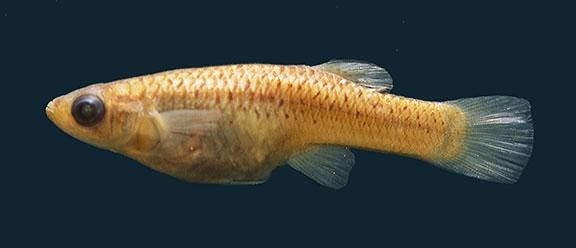|
Other Fishes Family: Cyprinodontidae, Characidae, Poeciliidae Genus: Cyprinodon, Astyanax, Gambusia This category of fish is full of unique and otherwise difficult to classify species. Excluding the gambusia, which is listed in this category because it is extinct, each is the sole confirmed member of its family within Amistad National Recreation Area. This makes them relatively easy to identify and pick out in a crowd (If you can find them at all). 
Chad Thomas Sheepshead minnow
|
Last updated: July 15, 2025


